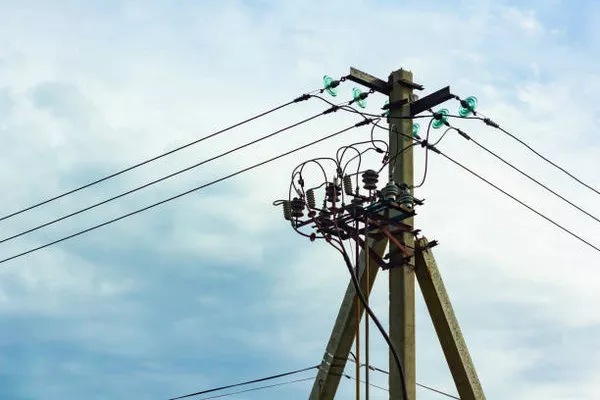Electrical transformers play a crucial role in the efficient and safe distribution of electrical power. These devices, often overlooked in daily life, are instrumental in ensuring that electricity generated at power plants reaches our homes, businesses, and industries in a usable and safe form. In this article, we will delve into the inner workings of electrical transformers, exploring their mechanisms, types, and the pivotal role they play in the modern power grid.
Basic Principles:
At its core, an electrical transformer operates on the principles of electromagnetic induction, a phenomenon discovered by Michael Faraday in the 19th century. The basic setup of a transformer consists of two coils of wire, known as the primary and secondary coils, wound around a common core made of a magnetic material, typically iron.
When an alternating current (AC) passes through the primary coil, it generates a magnetic field around the coil. This changing magnetic field induces a voltage in the secondary coil through electromagnetic induction. The key to the transformer’s functionality lies in the relationship between the number of turns in the primary and secondary coils. The ratio of turns determines the voltage transformation between the two coils.
Voltage Transformation:
Transformers serve primarily to either step up or step down the voltage of an electrical system. A step-up transformer increases the voltage from the primary coil to the secondary coil, while a step-down transformer decreases it. This ability to manipulate voltage is critical in the transmission and distribution of electricity.
In power plants, where electricity is generated, step-up transformers are employed to increase the voltage for efficient long-distance transmission. Higher voltage reduces the energy loss during transmission, as power loss is directly proportional to the square of the current and inversely proportional to the voltage. Once the electricity reaches its destination, step-down transformers are used to bring the voltage back to a level suitable for use in homes and businesses.
Core Material and Magnetic Flux:
The core material of a transformer plays a vital role in its efficiency. Most transformers use laminated iron cores, as iron is an excellent conductor of magnetic flux. The laminated structure minimizes eddy current losses, which can occur in a solid iron core due to the changing magnetic field.
Magnetic flux is the measure of magnetic field strength passing through a surface perpendicular to the field. In a transformer, the core is designed to provide a low-reluctance path for the magnetic flux, ensuring that the maximum amount of magnetic field generated by the primary coil passes through the secondary coil. This efficient transfer of magnetic flux enhances the overall efficiency of the transformer.
Types of Transformers:
Transformers come in various types, each designed for specific applications. Power transformers, as the name suggests, handle the transmission and distribution of electrical power. Distribution transformers are responsible for further stepping down the voltage for local consumption.
Instrument transformers are another category, comprising current transformers and voltage transformers. These transformers are utilized to measure current and voltage in high-voltage systems safely. They step down the current or voltage to levels suitable for standard measuring instruments.
Autotransformers, on the other hand, have a single winding that serves both as the primary and secondary winding. Autotransformers are often used for voltage regulation and in applications where a variable voltage supply is required.
Efficiency and Losses:
While transformers are highly efficient devices, they are not without losses. The major types of losses in transformers are core losses, also known as iron losses, and copper losses. Core losses occur due to hysteresis and eddy currents in the core material, while copper losses result from the resistance of the wire in the coils.
Efforts to enhance transformer efficiency include the use of high-quality core materials, improved insulation, and advancements in design. Additionally, modern transformers often incorporate cooling systems, such as oil or air cooling, to dissipate heat and further increase efficiency.
Conclusion:
In conclusion, electrical transformers are the unsung heroes of the power distribution system, ensuring that electricity generated at power plants reaches our homes and businesses safely and efficiently. By harnessing the principles of electromagnetic induction, transformers facilitate the manipulation of voltage, enabling the seamless transmission and distribution of electrical power. As technology advances, transformers continue to evolve, becoming more efficient, reliable, and essential in our ever-growing demand for electrical energy.

